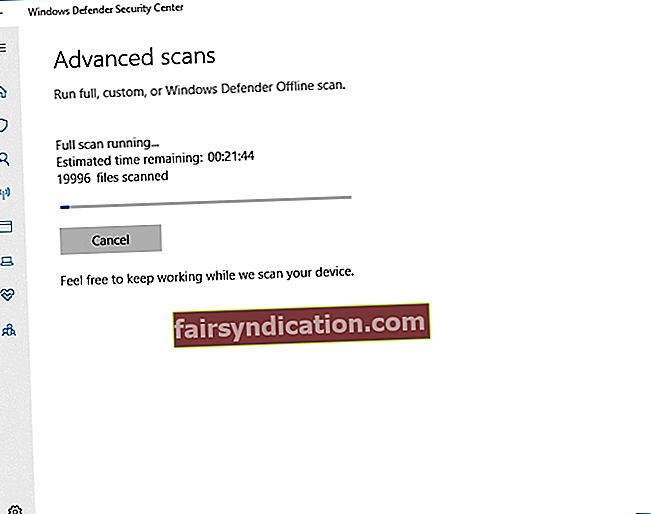

- #Windows 10 storahci error how to
- #Windows 10 storahci error drivers
- #Windows 10 storahci error driver
- #Windows 10 storahci error windows 10

You could try changing " AHCI Link Power Management" settings following these steps:
#Windows 10 storahci error driver
“Event ID: 129 Source: storahci” indecstes: IOs to the disk were paused because the storahci driver was in an inconsistent state.
#Windows 10 storahci error windows 10
OS: Windows 10 Home build 1903 windows-10-setup Are other people still getting this, or have they managed to cure it? I've seen various threads (fairly old) on this subject, but nothing recent. This is becoming untenable - it stops me viewing/listening. However, when I logged in as an administrator just now, the machine froze for several minutes with 6 consecutive error 129s. Most of the time these events are associated with playing games or watching videos, so it is possible that the graphics card (or its drivers) is responsible. I see that the AHCI driver (storahci) is dated 2006, which well predates Windows 10 - is there a better one somewhere?
#Windows 10 storahci error drivers
I've made sure my SSD firmware is up to date (according to the manufacturer), and Device Manager tells me that the disk drivers are all up to date. I've tracked this down using event viewer to the dreaded Error 129, with a source of storahci. Once you start the computer again, you won't see anymore your internal SATA connected drive as an ejectable device.Since upgrading to Windows 10 my machine has been freezing for about 30 seconds at a time. Restart your computerĪs the final step, you will need to restart the computer to apply the changes to the system. If you have more, add the id in a new line: 0 In our case, the id of the device is 0, however, if you have more than a device that needs to be non-ejectable, provide every id in a new line, for us, a single id: In the new Dialog, you will have to provide the number of the BUS of the devices that you want to treat as an internal device, preventing them from being ejectable on the system. This will create a registry key that needs a name, the key will have the following name TreatAsInternalPort:Īfter creating it, do right click on the item and click on Modify. Do right click on the blank space of the interface and click New, then select the MultiString Value. The TreatAsInternalPort registry key will allow you to prevent Internal SATA hard drives to show up as removable devices in 'Safely Remove Hardware' by providing the BUS id of every device that you want to exclude from this option inside a multi-string parameter (REG_MULTI_SZ). Once you are here, continue with the next step. You will find the following registers in the tree: Open the Registry Editor of the computer (regedit.msc) and navigate through the following route: HKEY_LOCAL_MACHINE\SYSTEM\CurrentControlSet\Services\storahci\Parameters\Device Keep in mind this number as you will need it on the third step. In our case, the disk that we want to prevent from appearing as ejectable has the ID #0 (you can see this number on the Location label). On the dialog that will appear, you will be able to identify the BUS id of the device: Once you find it, do right-click over it and click on Properties: In this tree, search for Disk drives and select the device that is appearing as ejectable but it shouldn't. In the device manager, you will find the list of all the plugged devices on the computer. Launch the windows search and look for the Device Manager. Identify Bus Number of the DriveĪs the first step, you will need to identify the BUS number of the disk that you don't want to appear anymore as an ejectable device.
#Windows 10 storahci error how to
In this article, I'm going to explain to you how to prevent Internal SATA hard drives to show up as removable devices in 'Safely Remove Hardware'. You can access this information without any issue, but it's tedious to see that device in that list! The name of the device, in this case (ADATA SU630), is for an SSD that is connected through SATA, but it shouldn't appear as ejectable as I have important information in there that needs to be accessed constantly. Curiously, although I only connected a single USB to my computer, it appeared 2 things on the list:Īfter thinking for a couple of minutes, I remembered what the other device is. After 3 months of building my new PC, I noticed something weird when I plugged in a USB to the computer, and then I tried to eject it.


 0 kommentar(er)
0 kommentar(er)
